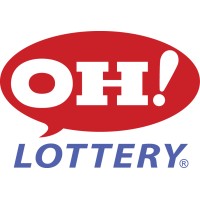
Ohio Lottery Commission
At the Ohio Lottery, we’re optimistic, innovative, and fun. We’ve been bringing fun lottery games to Ohioans for more than 40 years, all the while raising money in support of education in Ohio. The Ohio Lottery Commission was created in May 1973 by a voter-approved constitutional amendment. Today, the Ohio Lottery has grown to offer customers a variety of games including scratch offs, Keno, instant win and monitor games and the jackpot games Mega Millions, Powerball, Pick 3, Pick 4 and Pick 5, Rolling Cash 5 and Classic Lotto. We have a game for every player at over 9,100 licensed retail locations and seven racinos across the state. Operating entirely on revenue from game sales, the Ohio Lottery has generated over $29 billion for education in Ohio since 1974. Learn more about the Ohio Lottery at www.ohiolottery.com. Learn more about the Ohio Lottery at www.youtube.com/ohiolottery






